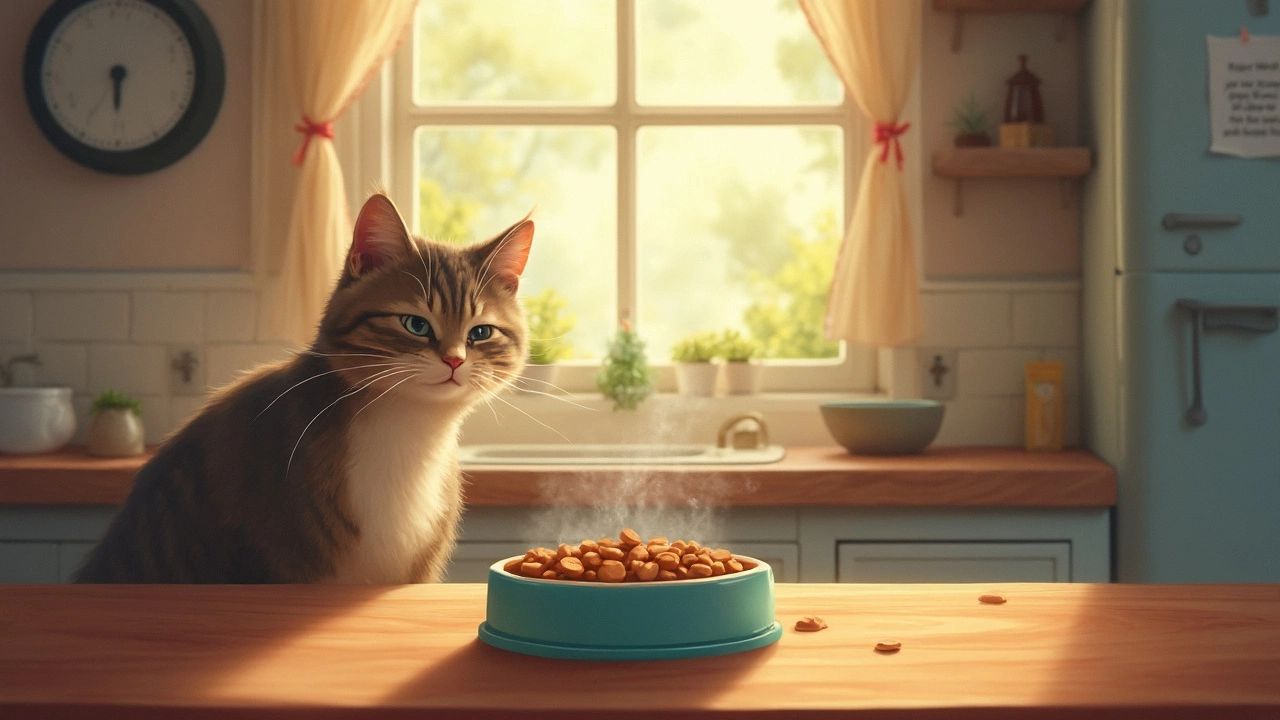Pet Feeding Basics for Dogs and Cats
Feeding your pet right is one of the easiest ways to keep them happy and healthy. Whether you have a pup that licks the bowl clean or a cat that nibbles, the right routine makes a big difference. Below are practical tips you can start using today.
How Often Should You Feed?
Most adult dogs do well on two meals a day – morning and evening. Puppies need three to four smaller meals because their tummies are tiny and they burn energy fast. Cats, especially indoor ones, often prefer several small meals. A good rule is to feed them at the same times each day – consistency helps with digestion and behavior.
Choosing the Right Food
Look for a label that lists a quality protein source first – chicken, lamb, or fish. Avoid foods with lots of fillers like corn and wheat, they add calories without nutrition. For cats, a diet high in animal protein is a must; they’re obligate carnivores, so plant‑based options won’t give them what they need.
If you have a hunting dog or an active cat, consider a higher‑energy formula. These pets burn more calories and need extra fat and protein to stay strong. On the other hand, senior pets often benefit from joint‑support supplements like glucosamine built into their kibble.
Portion size matters. The bag or can usually gives a feeding chart based on weight, but you’ll need to adjust if your pet is very active or mostly lazy. A quick way to check is the “hand‑size” rule – the amount of food should fit in your palm for small dogs, and a closed fist for bigger breeds.
Never leave food out all day unless it’s dry kibble for a cat that grazes. Fresh food left too long can spoil and attract bugs. If you’re feeding a dog with a busy schedule, use a timed feeder so the bowl fills only at meal times.
Water is just as important as food. Keep a bowl of clean water nearby at all times. Some pets love moving water, so a simple fountain can encourage them to drink more, which helps kidneys and digestion.
Transitioning to a new food should be gradual. Mix a little of the new kibble with the old, then increase the new portion over a week. This prevents stomach upset and lets you see if your pet likes the change.
Finally, watch your pet’s weight and body condition. You should be able to feel the ribs without a thick layer of fat. If your pet looks chunky or too thin, tweak portions or talk to your vet about a tailored diet plan.
With these easy steps – consistent schedule, quality food, proper portions, and fresh water – you’ll give your dog or cat a solid foundation for a long, energetic life.
- Morgan Ainsworth
- 0 Comments
Is It Okay to Leave Wet Cat Food Out All Day?
Wondering if you should leave wet cat food out all day? This article dives into the pros and cons of doing so, considering food safety and your cat's health. Learn how temperature, bacteria, and your cat's habits play a role. Get tips on feeding schedules and keeping things fresh and safe for your feline friend.
View More
